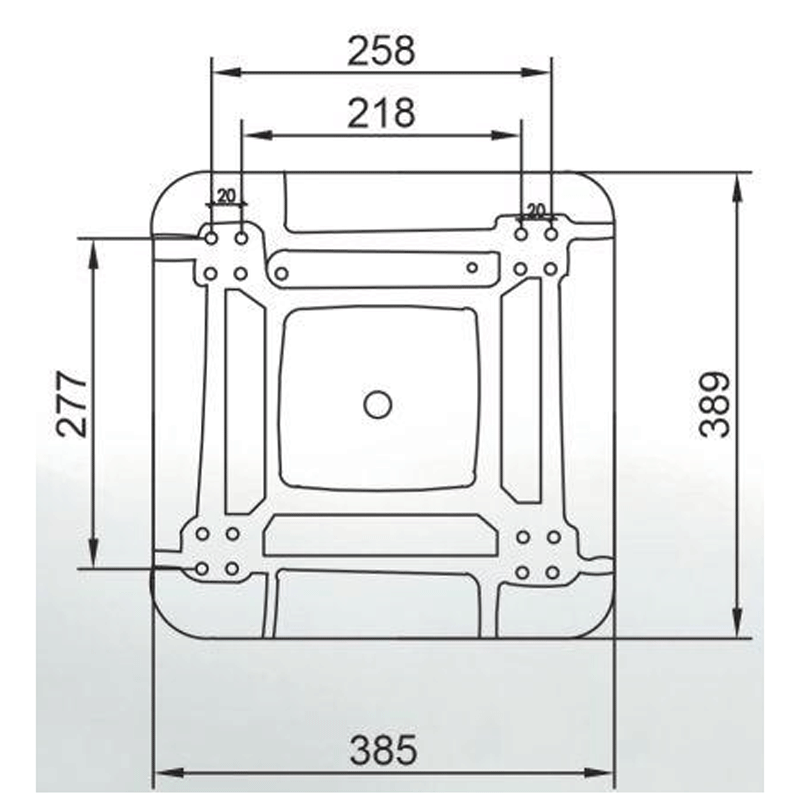Interested in blogging for timesofindia.com? We will be happy to have you on board as a blogger, if you have the knack for writing. Just drop in a mail at toiblogs@timesinternet.in with a brief bio and we will get in touch with you.
Senior Vice President, Havells India Electrical Power Cord

In India, Poly-Vinyl-Chloride (PVC) is widely used in insulation and sheathing of electrical wires and cables. However, recently in most of the developed countries, there has been a shift from wiring that contain PVC insulation or sheathing materials moving toward alternative Halogen free flame retardant (HFFR) compounds, driven largely by environmental issues and health and safety concerns. The most important aspect of any building is how it impacts the safety of those working in and around it. In particular, how the cable will respond in the event of a fire. It is the need of the hour, to choose the quality wire to reduce the risk of fatal accidents and deaths.
Due to lack of awareness many builders, developers use PVC insulated wire & cables. As a consequence, these wires can be harmful since it will burn and emit a lot of smoke & toxic gases which can leap from room to room or from floor to floor simply by burning along its entire length. Another dangerous aspect is that PVC cables releases hazardous gasses when it burns. These cables produce combustion gases and smoke that are harmful to people and equipment. Breathing in hot combustion gases can harm the alveolar in the lungs. During emergency situations, the toxic smoke and gas can numb the brain’s activity, causes irritation, impairs vision, and prevents a person from locating a safe exit.
Why HFFR cables are important?
Due to increasing recommendation by the Indian electric experts to stop the usage of PVC infused wires, many commercial establishments such as hotels, hospitals, malls, and luxury housing developers are installing FRLS-H or HFFR (Halogen free flame retardant) cables now. Going by the trend towards greener and safer alternatives, halogen free cables (HFFR) have been installed in metro stations. These cables have also been used in public spaces including the airports, university campuses, malls, and hospitals in a nod to the change.
Burns and smoke are the two major factors affecting people in an electrical fire situation brought about by PVC wires. PVC is also linked in numerous ways with the formation and release of dioxin, causing cancer in humans, as per World Health Organization. The fix to such an issue would be in the use of Halogen Free flame retardant (HFFR) insulated wires, a clean and green chemistry which has received approval from the Bureau of Indian Standards (BIS), under the Electro Technical Division, the standard number is IS 17048.
Some of the other factors, that factors are responsible for majority of electrical fires: Carbonization of wire /cable insulation. Inconsistently performing installed equipment’s may also create situation conducive to fire risk. During construction, safe cabling options such as HFFR should be actively considered as it can be a panacea for fire breakouts.
Choosing the ideal electrical wiring is critically important to ensure safety and security of the occupants. HFFR insulated cable considerably reduces the amount of toxic and corrosive gas emitted during combustion. When burned, a halogen free flame-retardant cable emits a less optically dense smoke that releases at a lower rate. During a fire, a low-smoke cable is desirable because it reduces the amount and density of the smoke, which makes exiting a space easier for occupants as well as increases the safety of firefighting operations.
In India, to phase out PVC cables, the industry has collaborated with Bureau of Indian Standards (BIS) implemented a new standard IS 17048:2018 for halogen free flame retardant (HFFR) cables for working voltages up to and including 1100 volts. Ministry of Consumer Affairs & Environment Ministry, the two governing bodies on matters related to wire and cables and the environment have come up with initiatives for making HFFR cables a part of the National Building Code of India. Communities all around the world including Governments, Industrial & Professional organizations have come up with policies and initiatives restricting the use of PVC cables. There are international standards which emphasize on the use of halogen free cables in public dwellings. Phasing out the usage of PVC insulated cables becomes more important as it poses a substantial risk to human health and environment.
There is need of change which is imminent and will ensure a safer future. HFFR cables are the ‘veins and arteries’ of buildings, architects and real estate builders need to take note of the safer and sustainable option like HFFR cables.
{{{short}}} {{#more}} {{{long}}} ... Read More {{/more}}
Views expressed above are the author's own.
Bankers’ breaks: The people who keep our money want more holidays because our money gets none
Bilkis case: Why SC revoked remission orders for 11 convicts
Why the Ayodhya temple is another quiver in BJP’s subaltern arrow
Made in India, stamp of quality
US strikes may not be hitting home in Iran: Washington’s attack won’t deter Houthi rebels
Move over Maldives: Lakshadweep can give the so-called island paradise fair competition
‘Houthis operate with Iran help…They can keep targeting Red Sea shipping…Miscalculations could spark regional war’
RG walks, Deora too: Rahul’s ‘apolitical’ yatra has a tough political job. And Milind sends a message
Interested in blogging for timesofindia.com? We will be happy to have you on board as a blogger, if you have the knack for writing. Just drop in a mail at toiblogs@timesinternet.in with a brief bio and we will get in touch with you.

Single Core Flexible Cable Copyright © 2024 Bennett, Coleman & Co. Ltd. All rights reserved. For reprint rights: Times Syndication Service